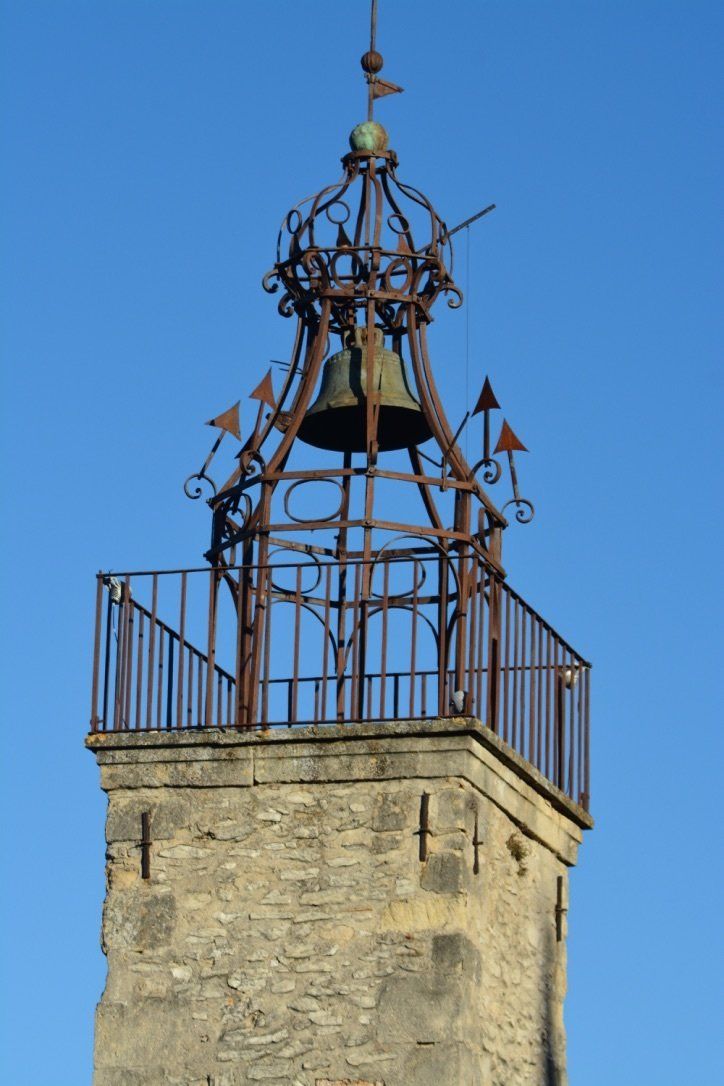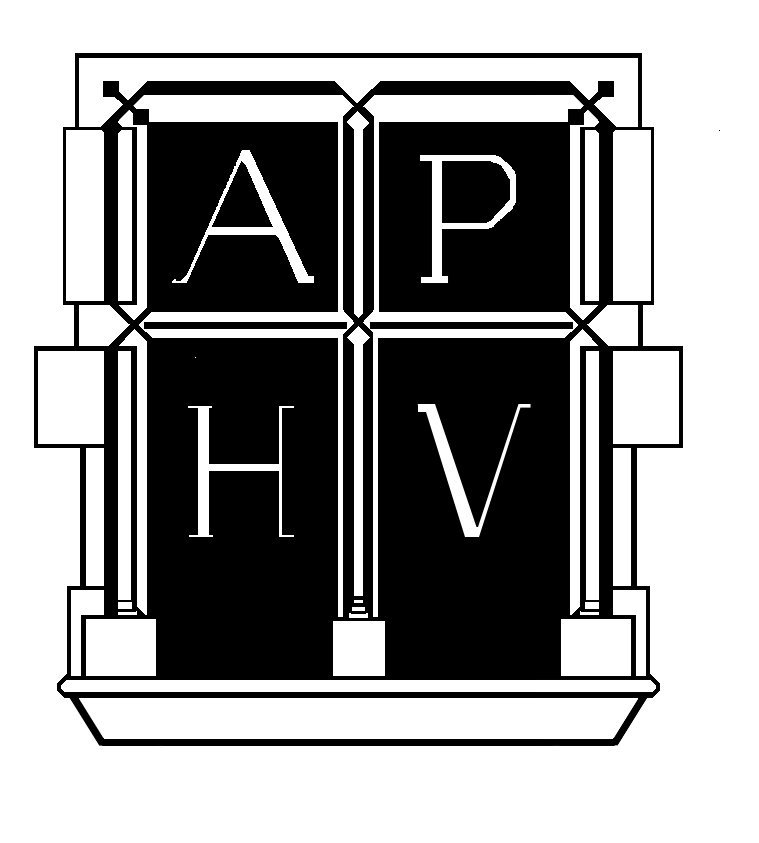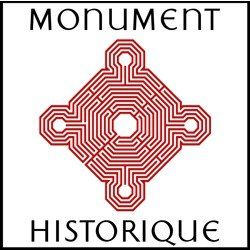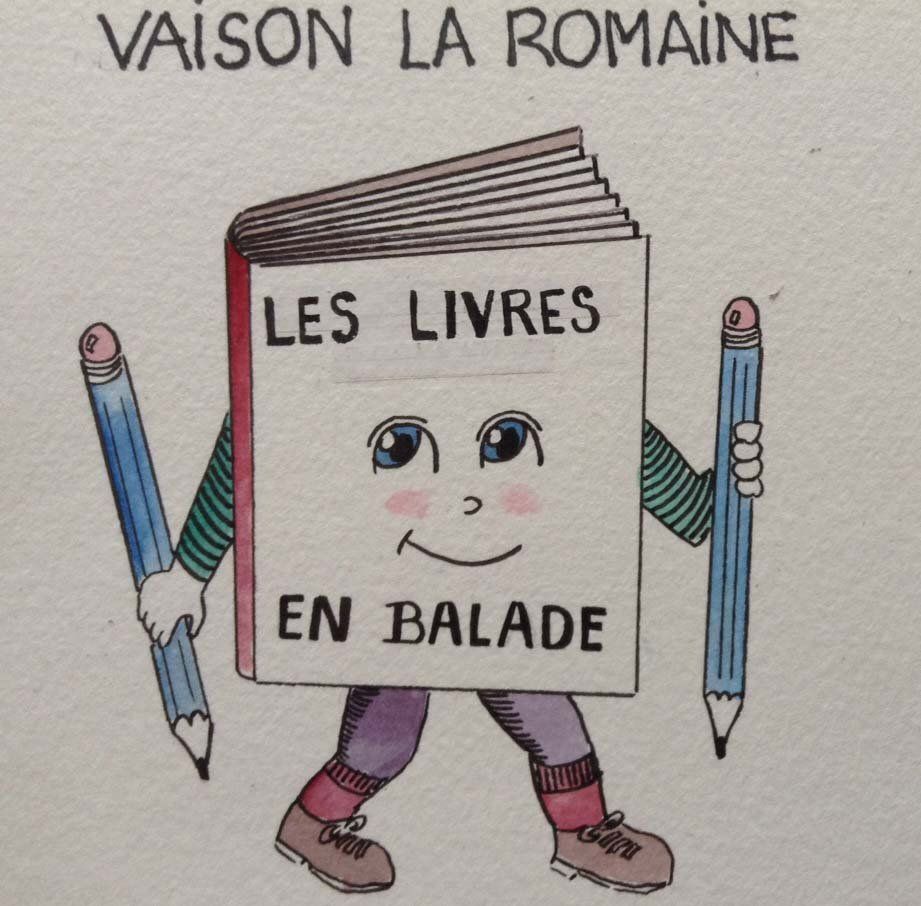LE BEFFROI
Le Beffroi~ The Bellfry

Le Beffroi.
Après avoir longé les remparts, depuis le pont romain, on trouve à gauche le beffroi avec son horloge à deux faces, surmonté d’un campanile. Le château, et le beffroi ont toujours personnifié la Haute Ville.
La base de la tour est du XIVe siècle. Elle est percée d’une porte en ogive, et était à l’origine protégée par un pont levis et une herse.
Habitat perché, la Haute-Ville est fortifiée par une double enceinte et dominée par le château comtal.
Deux portes donnaient accès à cette cité : « la Porte Vieille », dite aussi porte de St Quenin en contrebas du Beffroi et, à l’Est, «la Porte Neuve » que l’on fermait à la moindre alerte le soir de 22h à 4h du matin.
The Belfry
After having followed the ramparts, turning sharp left, you come face to face with the belfry and its double-side clock, which along with the castle, has become the symbol of the Haute-Ville.
The base of this tower dated from the 14th century. The ogive shaped entrance was originally protected by a drawbridge and portcullis.
The Upper Town perched on the edge of the cliff, was fortified by a double defensive wall and overlooked by the Count’s Castle. Two gates gave access to this part of the town: “
La Porte Vieille” (the Old Gate, also called the Saint Quenin Gate, below the Belfry, and to the East, “La Porte Neuve” (the New Gate) which was closed at the first sign of danger, and every night from 10pm to 4am.




